BEST WILDLIFE PARKS IN INDIA
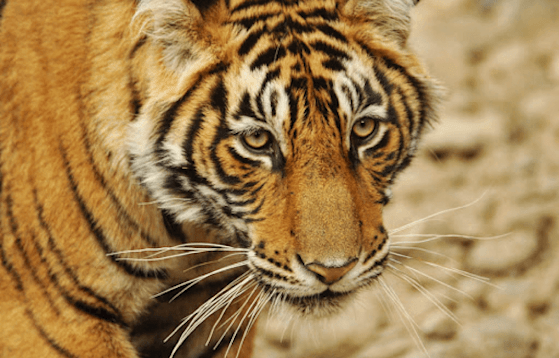
Jim Corbett National Park, Uttarakhand
One of the oldest and most popular national parks in India, Jim Corbett National Park is home to over 200 majestic Bengal tigers. Sprawling over 1,300 sq km of grasslands & thick vegetation, this park is also home to Gharials, Elephants, Peacocks, Bears and Langurs. In addition, the flora on display is an instant attraction to any nature lover.
Best time to visit: October to March
Closest well-connected city: New Delhi
Mudumalai National Park, Tamil Nadu
Located in the north-west side of the Nilgiri mountains, Mudumalai National Park is one of the best wildlife sanctuaries in South India. About 30 kms from Ooty, this national park boasts of diverse flora & fauna and thereby is a natural destination for wildlife lovers searching for unexplored parks. In addition to Tigers, Leopards, Elephants, Gaur and Deers, the park is home to over 200 bird species – making it a bird watcher’s paradise.
Best time to visit: September to May
Closest well-connected city: Coimbatore
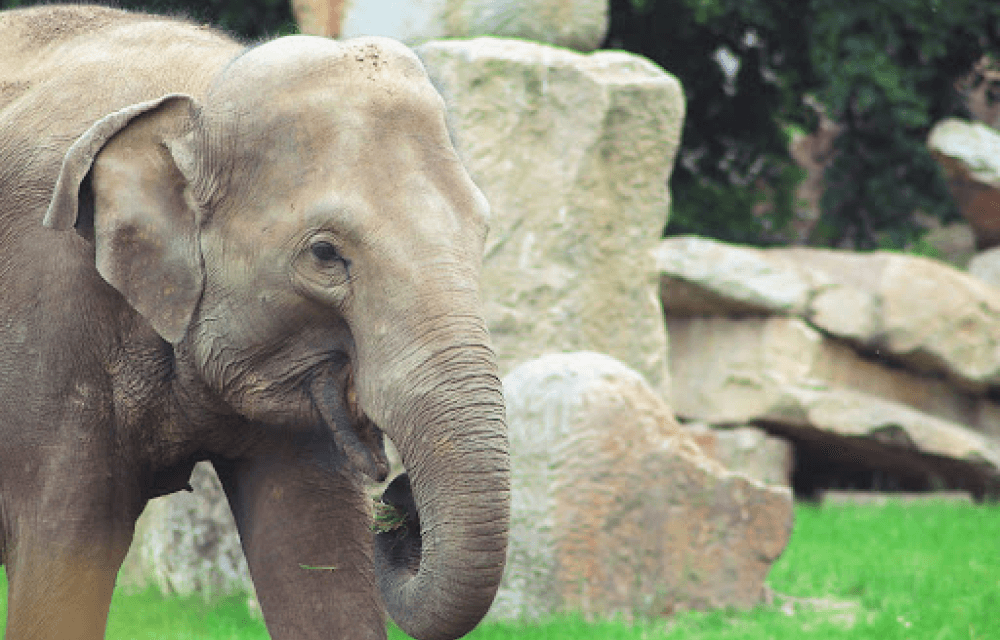
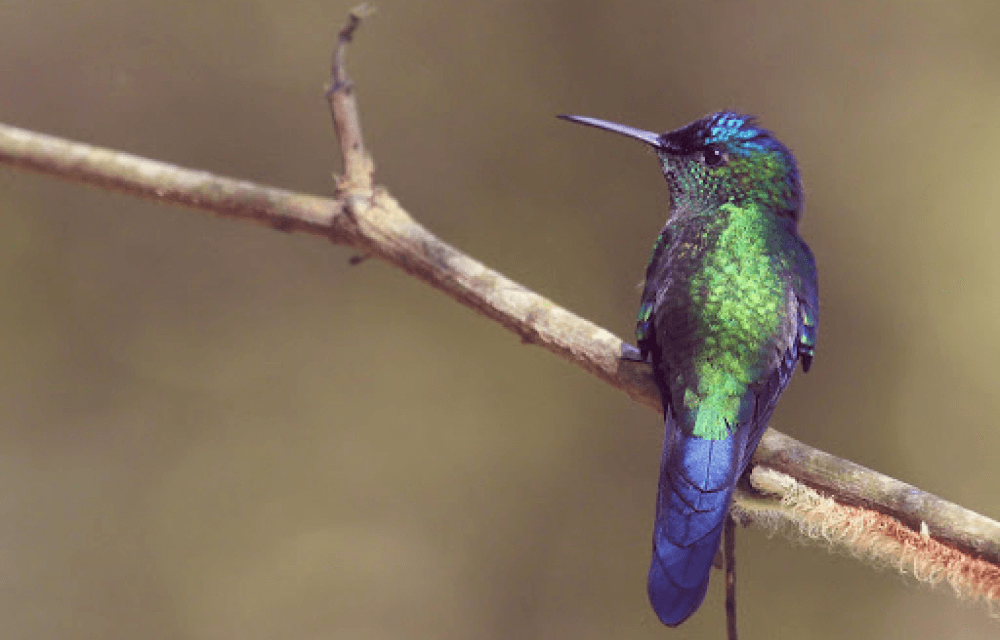
Bandipur National Park, Karnataka
Theppakudu Elephant Camp is one of the oldest elephant camps in South India, housing 24 elephants. The magnificent animals camped here are trained by professionals and are then engaged in eco-tourism & anti-poaching patrolling activities. Visit the camp if Interacting and feeding elephants (in a controlled environment) interests you.
Gir National Park, Gujarat
A national park dedicated for the conservation of Asiatic Lions, Gir National Park is located in the Saurashtra region of Gujarat. Apart from the king of the jungle, over 300 bird species, 600 plant species and 35 mammal species are present in this bio-diverse park. Leopards, four-horned Antelopes and Langurs are some of the other animals frequently spotted in this dry deciduous forest.
Best time to visit: December to March
Closest well-connected city: Rajkot
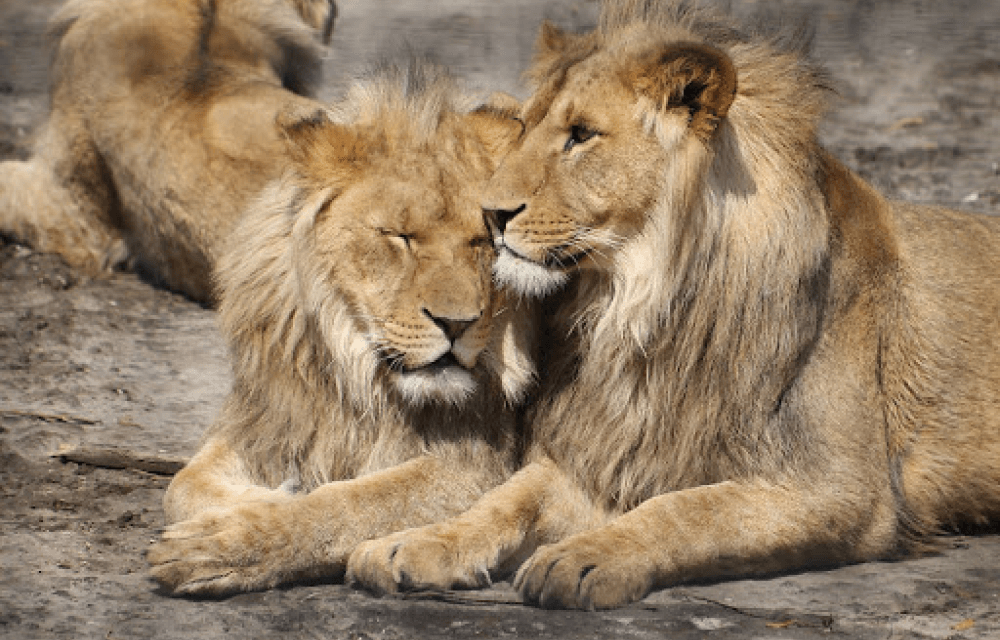
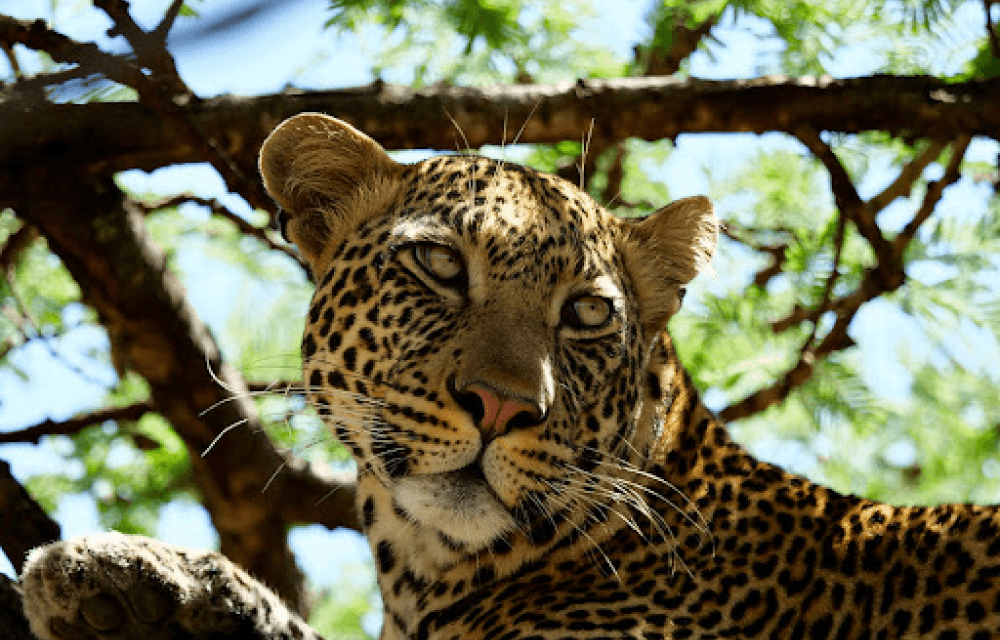
Ranthambore National Park, Rajasthan
Rajasthan’s Ranthambore National Park is one of the most renowned wildlife parks in India. Sprawling across more than 1,300 sq kms and home to over 35 animal species, 40 reptile species and 300 bird species. Encompassing several ancient structures, including the Ranthambore Fort at its centre, this area was once the hunting ground for the Jaipur Royal Family. As with every major wildlife reserve in India, Ranthambore too offers spectacular sights for every wildlife enthusiast.
Best time to visit: November to April
Closest well-connected city: Jaipur
Sundarbans National Park, West Bengal
In the Ganges delta and covered in mangroves, the Sunderbans National Park is synonymous to the world famous Royal Bengal Tiger. Extending over 1,300 sq kms, the bioreserve is home to over 60 plant species, 250 bird species and 50+ animal species. Sighting the bengal Tiger in its natural habitat is definitely worth looking forward to, however, a boat trip through the dense mangroves & muddy rivers is nothing short of magnificent. Other endangered species such as Gangetic Dolphin and Hawks Bill Turtle also call this their home.
Best time to visit: November to March
Closest well-connected city: Kolkata

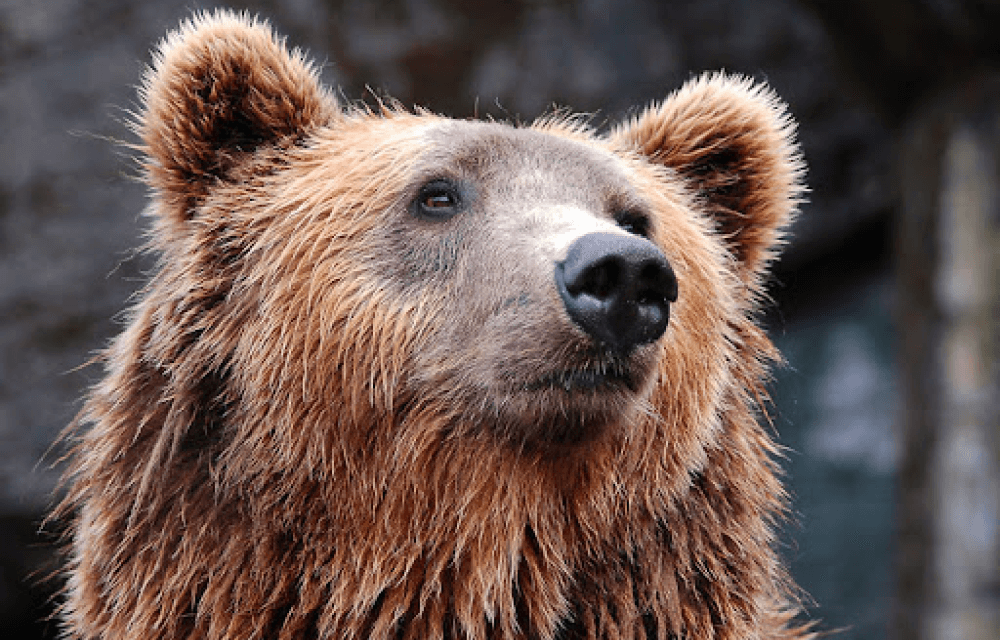
The Great Himalayan National Park, Himachal Pradesh
Located in the Himalayan slopes of Kullu, The Great Himalayan National Park is a 750 sq km bio-diverse national park at an altitude spanning from 1500m to 6000m. Snowcapped mountains, green landscapes and flowing waters make it one of the most picturesque national parks in India. Home to over 175 species of birds & animals, the Himalayan Brown Bear, Musk Deer and Himalayan Thar are common sight here. And if lucky, one might chance upon the elusive yet majestic Snow Leopard.
Best time to visit: March to June; September to November
Closest well-connected city: Chandigarh